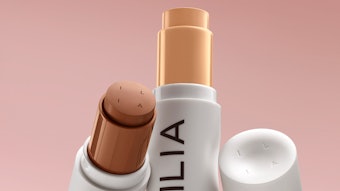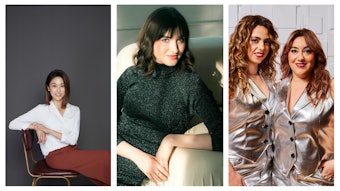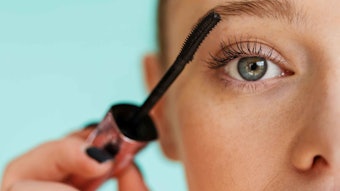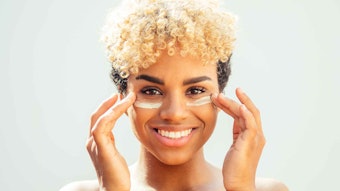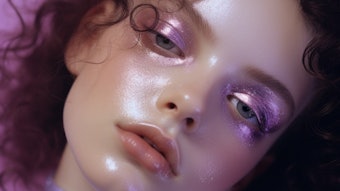Not everyone reacts to the challenges of growing older in the same way. In the case of aging women, in-depth surveys conducted by the authors found that many develop a passive attitude toward makeup over time. The main reason for this is not because they lose interest in using makeup but rather because they are unable to find suitable, natural looking products. This poses the question: Has a lack of R&D for makeup tailored to the needs of elderly women left them unenthused about their makeup choices and thus are they forgoing them entirely?
Modern technology has extended life expectancies; however, individuals desire not only to live longer, but also to maintain a high quality of life as they age. Makeup can help to improve the quality of life in elderly women by providing the appearance of smooth, even-toned skin, in turn improving their emotional well-being. One example targeting this psychological effect is makeup therapy, which is being used more often in hospitals and nursing homes. However, there is still a lack of scientific data for the physiological effects of makeup. Understanding the many nuanced benefits that makeup can provide could encourage elderly women to take a more proactive stance toward its use. Thus, the goals of the present study were to develop a foundation specifically tailored to the needs of elderly women, and to validate via scientific measurements what has been known intuitively—that wearing the right makeup leads to brain activation.
Consumer survey: An in-depth survey was conducted on 30 elderly women, aged 65–83 (avg. age = 73), to measure their attitude toward makeup. Figure 1 shows the results of this survey and indicates that 74% of the women increased or retained an interest in makeup as compared with their earlier years, but 53% reported wearing less of it. Their sense of aging discouraged them from using makeup. When asked to identify their favorite characteristics in the foundation they use, “price” (27%) was cited more often than “finish” (19%). However, the women had specific ideas of the desired finish—a natural look without appearing as though they were wearing makeup.
The authors also interviewed two professional beauticians regarding their experiences with makeup therapy for elderly women and learned that producing a brighter complexion by imparting a natural luster is more important than covering imperfections.

